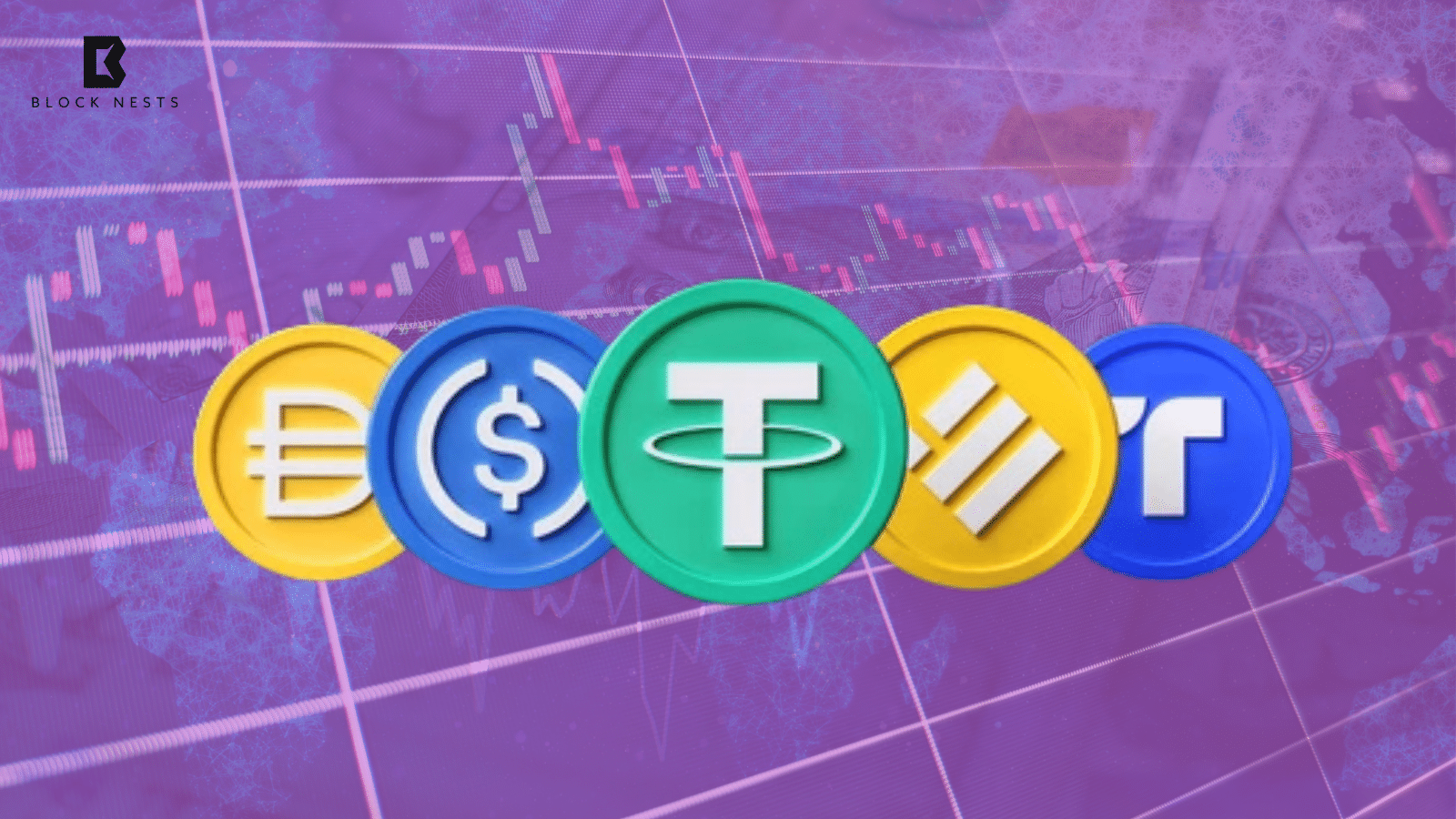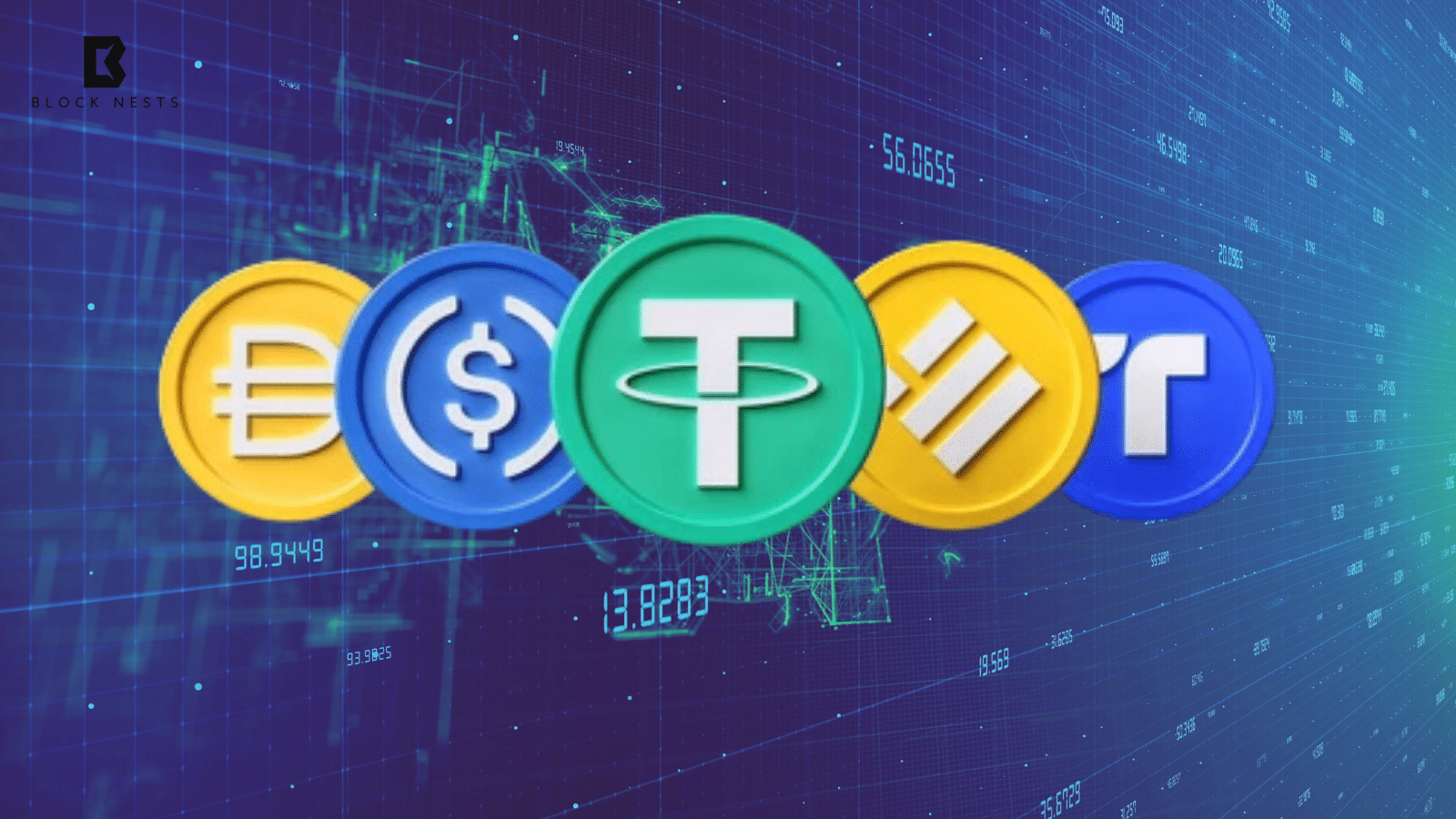- Gemini files a public S-1 to list on Nasdaq under ticker GEMI.
- Exchange posts $282.5 million net loss in first half of 2025.
- Secures a $75 million credit agreement with Ripple, payable in RLUSD.
Crypto exchange Gemini has taken a major step toward going public. The company filed its S-1 with the U.S. Securities and Exchange Commission, revealing its intent to trade on Nasdaq under the ticker GEMI. This marks a significant moment for one of the most established names in digital assets.
The filing, that had remained confidential since June, gives a clearer peek into the financials and plans of Gemini. The exchange seeks to split its user base into two legal entities.
Customers in New York will continue under Gemini Trust, while those outside will fall under Moonbase, a Florida-based unit. This structure reflects the regulatory complexities of the U.S. crypto market, where state rules often shape operations.
Gemini Leans on Public Funding Amid Growing Losses
The report revealed the exchange incurred stiff losses in the opening half of the year 2025. In the first six months of the year, Gemini registered a net loss of $282.5 million compared to a loss of $41.3 million in the corresponding period last year. Such increased losses reflect the hurdles of operating a major exchange in the face of expanding oversight and intensified competition in the market.
The financial metrics also reflect the expense of expansion. Gemini has been spending significantly on infrastructure, compliance, and new products. Although these moves create long-term positioning, they take a toll on profitability in the near term. The increasing losses imply that Gemini will rely on public funding to improve the balance sheet and fund operations.
Even with losses, the company still frames itself as a regulated and safe site. The exchange emphasizes its compliance-driven focus as a major strength in the face of its offshore competition. Such an emphasis may appeal to investors who appreciate regulation in an industry that is still recovering from earlier scandals.
Ripple Agreement Expands Financial Flexibility
The S-1 also outlined a credit deal between Gemini and Ripple, agreed upon in July 2025. The transaction gives Gemini as much as $75 million in funds, with the ability to grow to $150 million. Payable in RLUSD, the stablecoin of Ripple that is pegged to the United States dollar, the loan.
So far, Gemini has not borrowed from the facility. Nevertheless, the deal brings flexibility as the company gears up for its initial public offering. Stablecoin-based funding indicates conventional funding instruments blend with blockchain-native solutions today. For Gemini, the deal brings a cushion to manage market volatility as well as regulatory setbacks.
The planned listing on GEMI by Nasdaq signals Gemini’s expansion to the traditional financial sector. Even as the company suffers growing losses, it tries to reassure investors that regulatory compliance, structural clarity, and further avenues of funds will support its future trajectory of growth.
Related Reading: Bitcoin’s Future in the US: Bessent Details Treasury’s Budget-Neutral Plan
How would you rate your experience?






